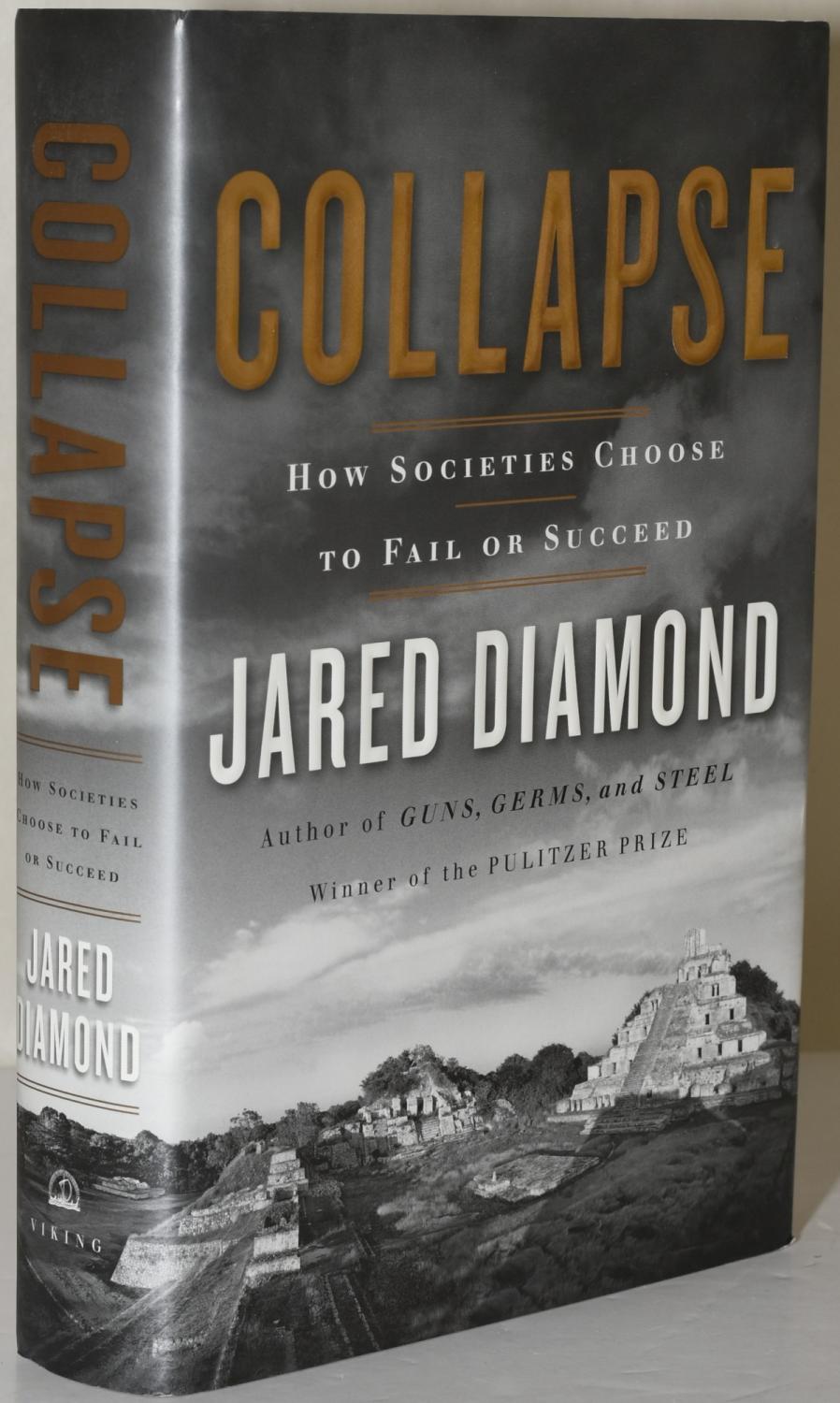SSDD
Gold Member
- Nov 6, 2012
- 16,672
- 1,966
- 280
Where did you OBSERVE these civilizations to obtain the empirical evidence necessary for any model to work?Have you studied the exact parameters of this particular model on exo-civilizations? Then it is hard to say how right or wrong it is
I would like to know how they find data out of hypothetical fantasies?
In climate pseudoscience, made up data supporting hypothetical fantasies is simply the way it is done.










